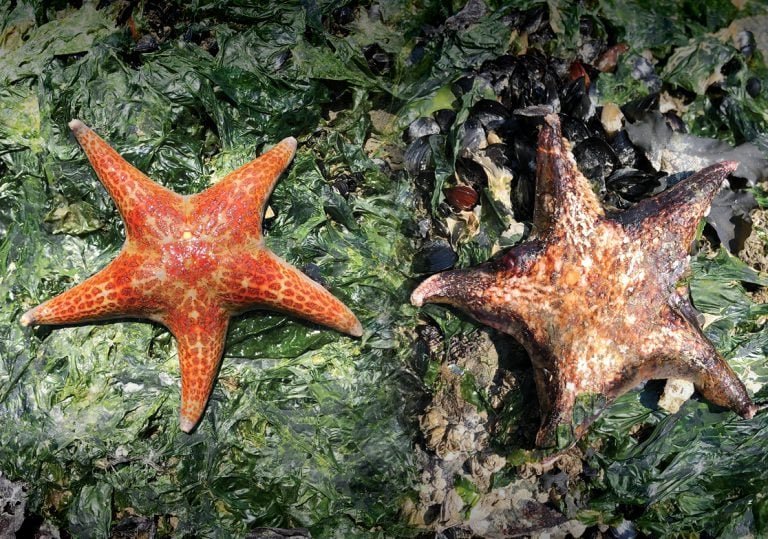But what about at the bottom of the mountains? How long were the lift lines to get to the top? Well, on a sunny Saturday in February, I waited at most two minutes to get to the front of the lift-line.
But that could be because it was the main gondola at St. Moritz, which holds 80 skiers in a single car. As for the runs, they’re wider and have fewer moguls than in North America. That said, both the easy and expert slopes are more challenging than their North American equivalents. And when you can ski on an intermediate run from Switzerland to Italy and back in the same day and enjoy a gourmet Italian lunch on their side of the Matterhorn, it’s hard to beat.
“Après ski” is also sans pareil, and at Zermatt, the home to the Matterhorn, there are 50 restaurants on the mountain (compared to 17 at Whistler-Blackcomb), plus 100 more in the town below. Every kind of bar, club and restaurant, at every price point is yours for the tasting in Zermatt’s tightly-organized village. In fact, so deep is its commitment to après ski that you don’t have to wait till you’re off the mountain to begin. The party can start at lunch on the slope. Remember those iconic photos of Europeans sun-bathing row-upon-row mid-mountain after lunch? They’re real.
It didn’t take me long to realize that the biggest benefit of skiing in Switzerland isn’t the cost, it’s the country. It’s so… Swiss. Which means seamless, spotless and iconic. And remember who first opened the Rockies’ storied mountain sites? Swiss mountain guides who’ve been connected to the Canadian Rockies since 1899.
My eye-opening began when I landed at Zurich Airport on a direct flight from Toronto. I spent three days at Zermatt in the west of Switzerland, then three days in St. Moritz in the east, then two days in Engelberg in the centre.










